PPT-European Exploration Why did they come?
Author : alida-meadow | Published Date : 2018-10-28
Gold Make money Glory Military heroes God Religious Freedom OR spread Christianity to Native Americans Mercantilism Economic system where a country tries to
Presentation Embed Code
Download Presentation
Download Presentation The PPT/PDF document "European Exploration Why did they come?" is the property of its rightful owner. Permission is granted to download and print the materials on this website for personal, non-commercial use only, and to display it on your personal computer provided you do not modify the materials and that you retain all copyright notices contained in the materials. By downloading content from our website, you accept the terms of this agreement.
European Exploration Why did they come?: Transcript
Download Rules Of Document
"European Exploration Why did they come?"The content belongs to its owner. You may download and print it for personal use, without modification, and keep all copyright notices. By downloading, you agree to these terms.
Related Documents

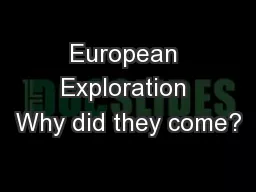
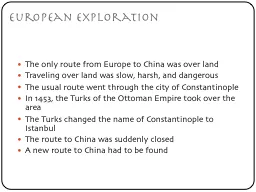
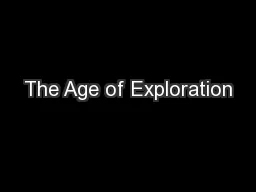








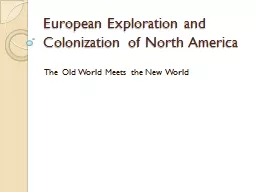
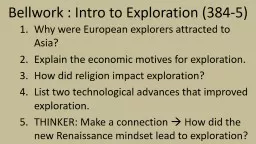
![[DOWNLOAD] - Management Fads in Higher Education: Where They Come From, What They Do,](https://thumbs.docslides.com/905553/download-management-fads-in-higher-education-where-they-come-from-what-they-do-why-they-fail.jpg)